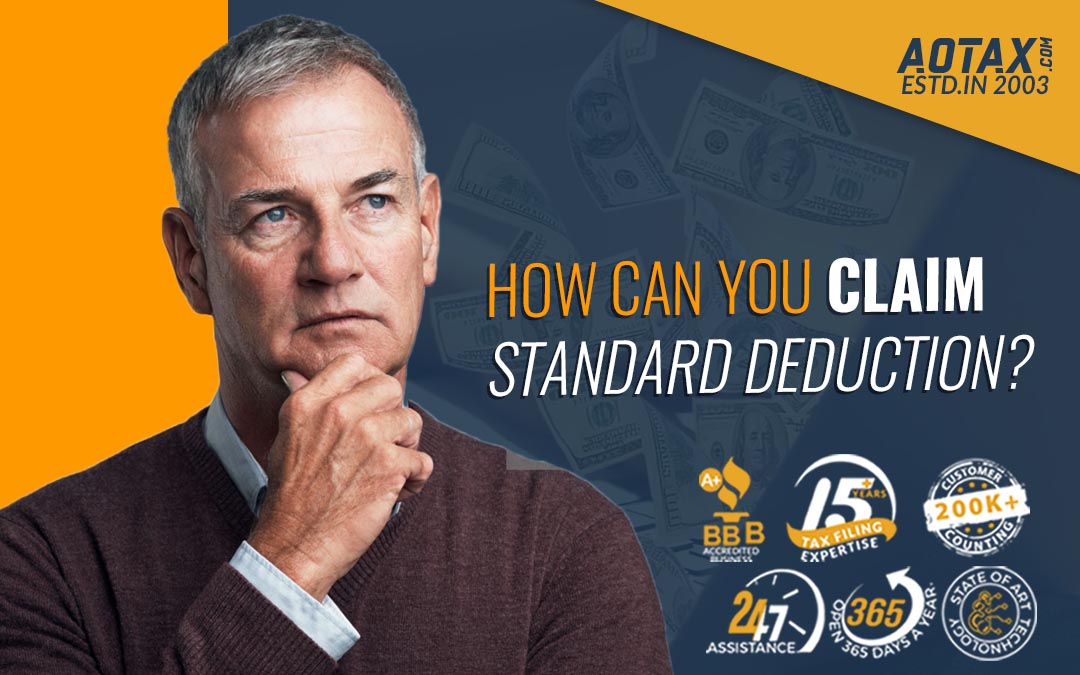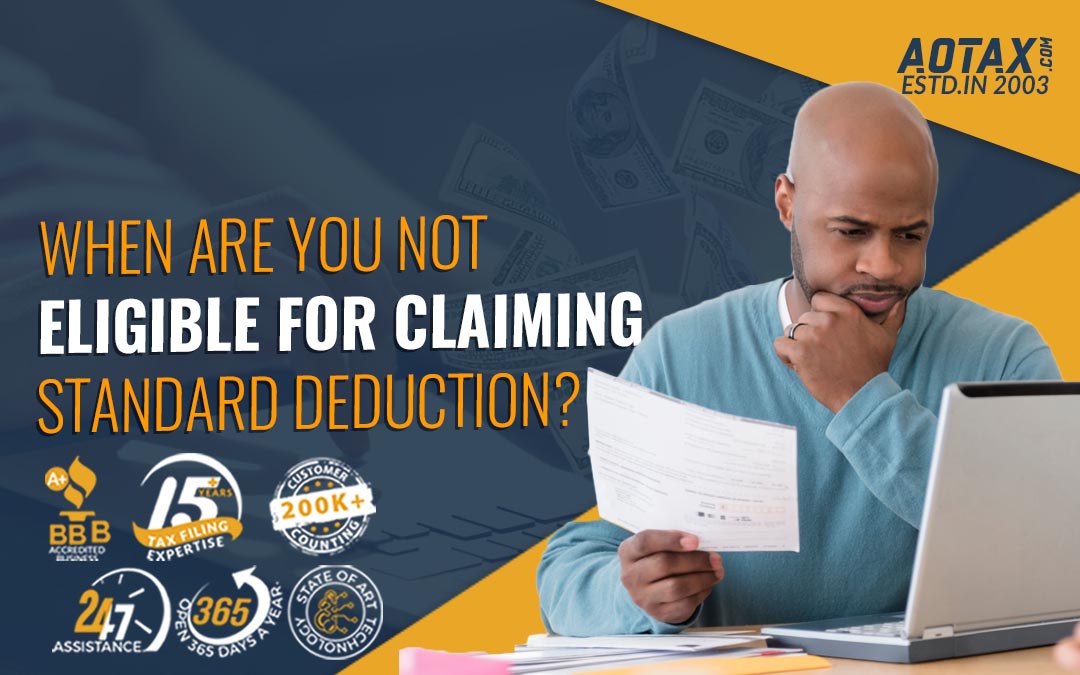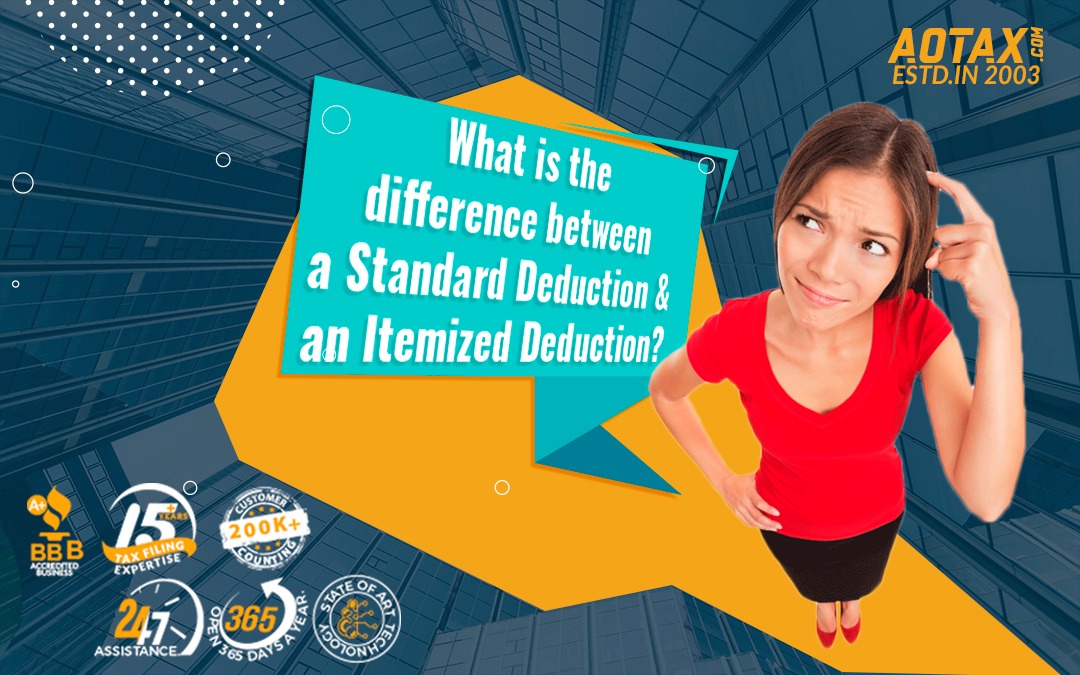
Can pandemic COVID-19 affect your house mortgage rate and your deduction?
Can pandemic COVID-19 affect your house mortgage rate and your deduction?
Currently, the world is fighting against the huge economic disruptions caused due to the spread of the dreadful coronavirus. The US has been highly impacted by this pandemic causing loss of many lives and the livelihoods of people. COVID 19 The Federal Government has been taking up several measures to reduce the financial stress on the common people. Amongst these, one of the announcements made by the Federal Reserve is related to the cutting of the interest rates and also making unlimited quantitative easing.
According to the Federal Reserve, unlimited quantitative easing would help to calm down the markets. The Federal Reserve has declared that there would be continuity in its asset-purchasing program in amounts which would help in supporting the smooth functioning of the share market and broadening of the financial conditions.
Some of the major reasons why the Federal Reserve uses Quantitative Easing can be mentioned below.
- According to the Federal Reserve, the money printed by Quantitative Easing can be used to create more employment opportunities in the country.
- Quantitative Easing can encourage both lending and borrowing as the interest rates would be low.
- As per Federal Reserve, this would also encourage spending as there would be more money which enters the economy so more money to be spent. It would increase company profits and stimulate the stock market.
If you are a homeowner, then the Unlimited Quantitative Easing and cutting of interest rate would have an impact on you. When there is a drop in the rates of the Federal Reserve, then it would put pressure on the mortgage lending rates.
- Mortgage lending rates would be affected directly as the adjustable-rate mortgages are often parallel to the rates of the Federal Reserve.
- There would be an indirect impact on the Mortgage lending rate as the borrowers would be allowed to refinance at a low rate of interest.
Moreover, the interest rates on the Home Equity Lines of Credit (HELOCS) have also fallen down due to the drop in the rates of the Federal Reserve.
Higher Equity and Lower payments
- Due to the lower rate of interest the borrowers would be able to avail several benefits such as lower payments to be done in a month or the capability of building up of equity quite faster.
- But, as you know mortgage interest is tax-deductible and lower mortgage interest rate would result in reducing your deductions. This would ultimately result in an increase in your taxes to be paid.
Major points to be considered
- You would have to refinance for locking in the lower rate of interest if you have a fixed mortgage or your Adjustable Rate Mortgage i.e. ARM is in its fixed-rate period.
- It has been noticed that usually in the beginning many ARMs have a fixed-rate period which is then followed by an adjustable period.
- Refinancing for locking in the lower rate of interest means paying of some loan-originating points.
- These loan-originating points are deductible but you would have to spread that deduction over the life period of the loan which would be difficult and impractical.
- So, it is quite simple if you stick to your current mortgage even though it would be an expensive option.
Additional thoughts
Usually, the taxpayers in the US would prefer to opt for Standard Deduction. However, there are some taxpayers who prefer itemizing and they must think about refinancing. If you are planning for refinancing at a lower rate, then you must consider the advantages and disadvantages of doing the same.
- You must consider in detail how much the reduced monthly payment would help you in saving for each month, for a year and the entire life of the loan.
- You should compare the savings you make with the new additions that would come up at the time of tax payment.
- You must analyze and calculate any other changes that might come. These changes can be associated with your income or the deductions that you make while filing taxes.
- You must ensure that you take into consideration other aspects such as the birth of a baby, change in your household income, increase or decrease in charity for the year or if your adult child has moved out, etc.
Hence, you must be educated about the changes that are being made in tax laws and be aware of the implementation of these changes.
References
- https://blog.taxact.com/covid-19-affect-mortgage-interest-rate-and-deduction/
- https://www.fool.com/investing/2020/03/23/federal-reserve-pledges-unlimited-quantitative-eas.aspx
- https://www.moneycrashers.com/what-is-quantitative-easing-explained/






Recent Comments